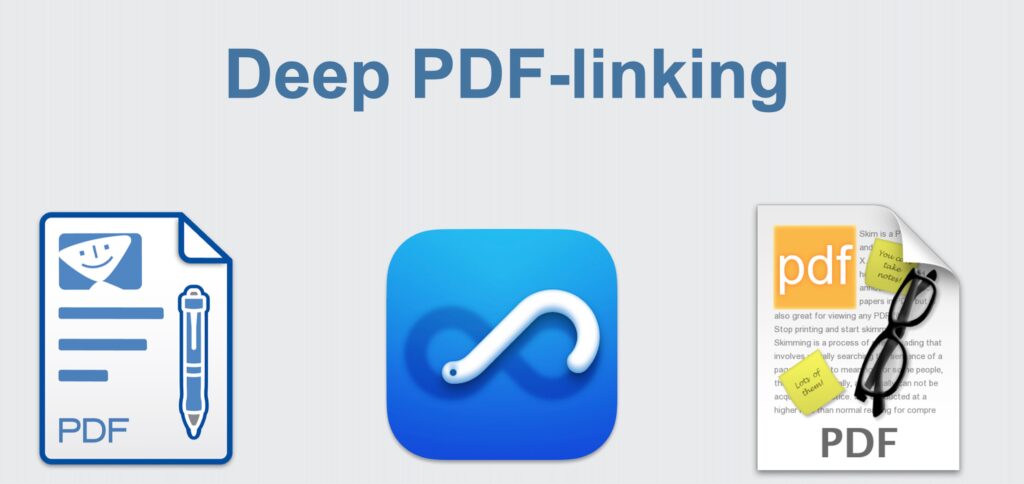Whether you are a researcher, writer or student, odds are you’re hardly as good a reader as you can be. The reason is that information technology has made it harder to read for mastery. I demonstrated these problems (and solutions to them) in my two Cognitive Productivity books. Here, I will focus on two specific and important pain points that concern reading a PDF to the point of mastering it.
I focus on PDFs because most of the world’s peer reviewed publications are not in HTML, but in PDF format.
To systematically and efficiently master PDFs, you need to be able to do the following very quickly (fluently):
a. create detailed notes about the PDF (the source) using a note-taking schema (template),
b. which refer to specific locations in the PDF. And
c. navigate from your entire notes document to the entire source; and
d. navigate from specific locations in your notes to specific locations in the PDF.
Navigating efficiently means not using search functions. That is because while searching seems simple, it’s actually quite demanding! Conceiving a search query, typing it, and interactively navigating search results breaks psychological flow.
I contend that most professors, lawyers, other researchers, and students have these solvable reading problems.
The trick is to create and use hyperlinks between documents, and deep PDF hyperlinks (that point to specific locations in a PDF).
Searching is hard; clicking (or tapping) links is easy.
Unfortunately, most students are not being taught how to read with technology, because most professors (a) teach content, not reading-strategies; and (b) do not themselves know how to do the above. I believe this problem is as real in computer science, education, and educational technology programmes as it is in the arts.
Mine are not merely empirical claims (though I could refer to my 20 years of experience in educational technology R&D); they are analytical. For until recently, the software to do the above was not available, and the workflows had not been adequately specified.
The following blog posts show how recently released deep-linking software solves all the problems:
- Creating Deep Links With Hook: A Worked Example – PDFpen
- Mastering the Content in PDFs: Using Hook and PDFpenPro for Deep Reading – PDFpen,
- How Deep Links Can Help You Master a Document – CogZest.
Share this with your colleagues, students, and learning commons, so that they too can Thrive in the sea of knowledge!
